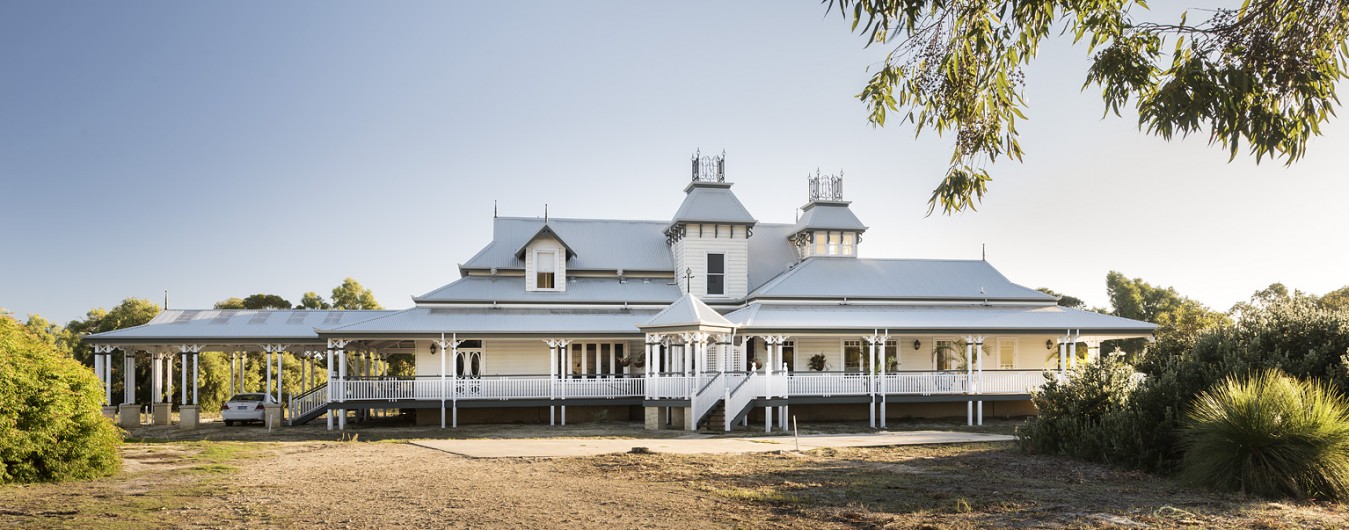Include Business in Cash for Clunkers
24 July 2010
Ray Wills, CEO
Western Australian Sustainable Energy Association Inc. (WA SEA)
Website: www.wasea.com.au
Email: info@wasea.com.au
The WA Sustainable Energy Association Inc. (WA SEA), Australia’s largest energy industry chamber, welcomes the announcement that a re-elected Gillard Government will embark on a program to remove old clunkers from Australian roads.
Such a scheme has the potential to reduce
• air pollution (higher standard engines cars)
• carbon emissions (fuel efficient cars)
• out of pocket expenditure (fuel efficient cars)
• motor vehicle accident occurrences (safer cars)
• motor vehicle accident injuries (safer cars)
• hospital queues (safer cars)
‘Cash for clunkers” has the potential to reduce costs currently incurred in moving to greener vehicles – both cars and trucks, according to Prof Ray Wills, Chief Executive of WA SEA.
‘Scrapping old cars and trucks from the road and replacing them with new greener, less polluting, safer vehicles – both new and near new – will not only reduce fuel consumption and greenhouse gas emissions, improve air quality in the city, it will also improve safety standards on Australian roads, potentially saving lives,’ says Prof Wills.
‘The Government should also engage with the motor trade industry and seek their support for the scheme, including through a collaboration through a reduction in dealer delivery charges levied on green cars to create a rapid uptake of green vehicles.’
Another simple way to improve outcomes on this is to ensure Government fleet purchase polices target greener cars. The take-up of Australian produced hybrid vehicles such as the Toyota Hybrid Camry, as well as new electric vehicles such as the Mitsubishi iMiEV, should be a priority for all Australian governments.
Governments buy close to 5% to the Australian vehicle fleet, and mandated green fleet schemes for government will also ensure a more rapid transition in the efficiency of the collective Australian vehicle fleet. Further, a “cash for clunkers” scheme funded by Government could have priority access to ex-government fleet vehicles to improve affordability without cost to government – and the taxpayer.
‘A “cash for clunkers” scheme must scrap the most unsafe and biggest guzzlers from the road. Old cars and trucks involved in this scheme must then be scrapped to ensure they are not resold but are crushed and recycled. However, the scheme must be rigorous, and Government should not pay for natural retirements, unlicensed vehicles, nor unroadworthy vehicles – these should be simply removed by regulatory action, not by compensation.’
‘The Federal Government should also work through the Council of Australian Governments (COAG) to toughen laws around the relicensing of second-hand vehicles so that, with the reasonable exception of collectables and vintage, vehicles with low safety and poor fuel-efficiency are not allowed back on the road.’
‘To ensure the greatest change results from a cash for clunkers scheme, regulatory changes that focus tax law and other tools to ensure that both fleets and private motorists are simultaneously incentivised and required to upgrade to low-emission vehicles will ensure a market for the new vehicles is maximised.’
There have been significant gains in the design of vehicles in the past decade, driven primarily by innovations from the European market. Vehicle safety has changed substantially in the last ten years, following the adoption of new safety standards in Europe (European New Car Assessment Programme, or Euro NCAP) with the emergence of dual airbags becoming standard equipment for many passenger cars, particularly through innovations developed by automakers like BMW in the luxury car market.
Funding – not happy.
WA SEA is extremely disappointed the funding for this initiative is taken from support for renewable energy.
‘The Federal Government has committed over $6 billion taxpayer dollars to support for the Australian car industry, and this area of funding should have been used for this measure,’ says Prof Wills.
The Opposition promises to date have reduced commitments to act on climate change and WA SEA calls on the Opposition to offer better policy than the insubstantial promises to date.
Indeed, WA SEA calls on all political parties to show strong commitments real leadership in transforming Australia’s economy from 20th Century business as usual to reflect the necessities of a more sustainable Australia and a more sustainable planet.
Editors notes:
1. Announcement the Prime Minister Julia Gillard
2. Fuel efficient vehicles listed on the Australian Government’s Green vehicle guide website show new vehicles are easily twice the efficiency of older cars – and in cases as much as three times more efficient than the ABS average. Australian Bureau of Statistics rate of fuel consumption averaged for all motor vehicles on Australian roads was 13.8 litres per 100 kilometres. Articulated trucks had the highest average fuel consumption with 55.6 litres per 100 kilometres. (ABS data for the 12 months ended 31 October 2006.)
3. Statistics on Australian vehicle fleet, More statistics on Australian vehicle fleet
4. Green Vehicle Guide website
5. WA SEA Policy
This new election commitment from Federal Labor mirrors calls from WA SEA for the past four years – WA SEA has been calling on both State and Federal Governments to make green vehicles more affordable, available and attractive by:
• reducing vehicle taxes including stamp duty and reforming company taxation frameworks to direct purchasing toward fuel-efficient, low-emission, new and used green vehicles for both transport and commercial uses;
• offering rebates and financial incentives on the purchase of new and used green vehicles;
• conversely, applying greater taxation-based and other regulatory penalties on energy-inefficient new and used vehicles;
• improving consumer awareness through information, education, and advertising that focuses on life-cycle costs and promotes manufacturers making the greatest effort to deliver real change; and
• requiring fleet managers, including commercial fleet, to only select from the most fuel-efficient fit-for-purpose vehicles.
6. The Western Australian Sustainable Energy Association Inc. (WA SEA) is a chamber of enterprises has a growing membership of over 350 industry members from a diversity of businesses. WA SEA is the largest energy industry body in Australia.
7. WA SEA bringing you the Energising SE Asia Conference 23-26 March 2011, Perth.
8. Estimated government costs indicated in below:
Other parts of getting clunkers off the road-
• Government purchase and disposal of old licensed vehicle based on lowest market value to a maximum of $2000 per vehicle – a vehicle purchasing team to work in association with the scheme tasked with finding cars that are licensed and still considered roadworthy but fit the clunkers definition (>15 age, >13.8 litres per 100 km fuel consumption, poor safety rating)
• Need a partnership with scrap metal merchants through waste management authorities – will recover some investment through value in recycled metal
• To participate, vehicle to be disposed of must be replaced by a greener, more fuel efficient (ie be less than 7.4 litres per 100 km (set at half the national average of 13.8 l/100 km as calculated by the Aus Bureau Statistics) and safer vehicle (minimum five star rating)
• Need tendered suppliers to participate in the scheme to supply new vehicles to reduce supply cost, or simply involve second hand cars less than 3 years old – in particular, make use of ex government fleet, look for supporting buy-in from commercial fleet owners to sponsor.
Savings in carbon emissions and road accident not considered.









